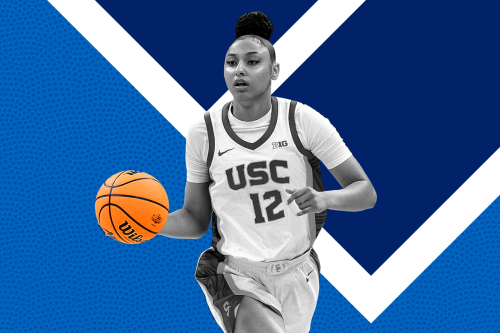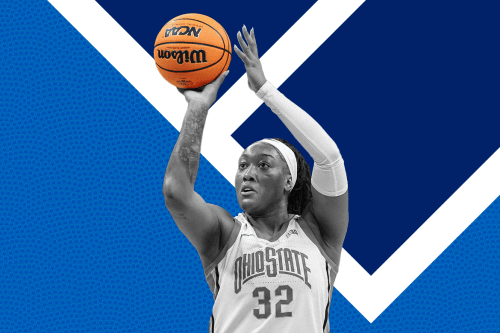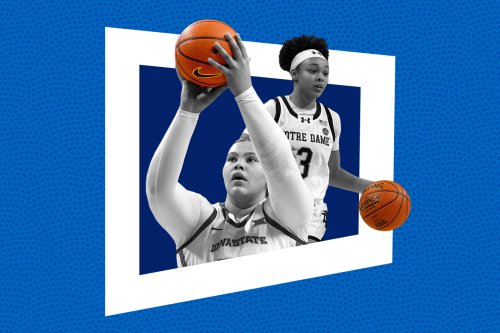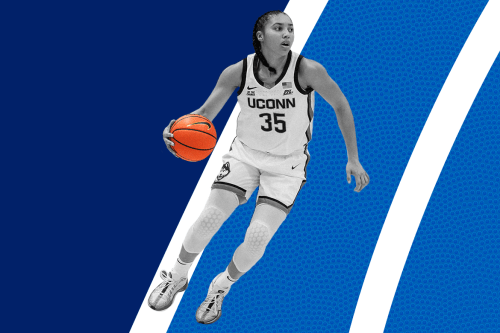Pickleball Injuries Are Exploding Along With the Sport Itself. Here’s How To Stay Out of the Doctor’s Office
Learn how to avoid the most common pickleball injuries, including top acute and overuse problems that doctors are treating.

That familiar “pock” of a whiffle ball hitting a paddle is reverberating across the country. More than 36.5 million people played pickleball last year, according to a report by the Association of Pickleball Professionals.
Experts in This Article
Unfortunately, another reverberating trend has followed: an influx of pickleball-related injuries. “We are seeing a steady rise in patients of all ages coming in injured from playing pickleball,” says Ben Buchanan, DPT, at Physical Therapy Central in Oklahoma City. A 2021 article in the journal Injury Epidemiology reported that by 2018, there were as many pickleball injuries among people 60 and older as tennis injuries. Providers now tell us that, as pickleball has grown more popular, the number of injuries they’re treating is only getting higher.
A game with a silly-sounding name might seem innocuous. But both overuse and acute injuries happen all too often, says CJ Johnson, a personal trainer, pickleball coach, and co-founder of We Are Pickleball, an online training platform. Acute injuries are typically the result of a fall or stumble, while overuse injuries build over time—players who go from no activity to playing multiple days a week are most susceptible. Knowing how to stay safe from both will help you stay on the court and out of the doctor’s office.
How to prevent common pickleball overuse injuries
“There are a couple of reasons players are susceptible to overuse injuries. The main one is a lack of warmup. Most of the time, players grab a paddle, jump on the court, and start playing,” Johnson says. “Stretching before and after play can make a player much less susceptible to injury.”
Carmen Van Rensburg, an exercise physiologist and consultant to Facialteam, recommends a five- to 10–minute warmup before hitting the court. Think: a little light jogging to get your blood pumping, then stretches for all the major muscle groups you’ll be using—the calves, quads, hamstrings, inner thighs, lower back, shoulders, elbows, and wrists.
Then, after a game, “don’t forget to cool down, incorporating several minutes of walking and stretching,” Van Rensburg adds. She also recommends drinking plenty of water, taking frequent breaks, pacing yourself, and fueling up on healthy snacks before and after.
Buchanan also recommends clearing your participation with a medical provider. A physical therapy assessment can determine your starting flexibility, balance, and strength, and prescribe exercises like squats, planks, and push-ups to increase your stability.
Pickleball elbow
The most common overuse injury in the upper body is mostly known as tennis elbow or golfer’s elbow: the irritation of one or both tendons near the elbow. “Backhanding can aggravate the outer part of the elbow and cause inflammation or, in some cases, microtears of tendons,” Buchanan says.
Johnson recommends a simple stretch to keep your elbow safe. Hold one arm out in front of you at shoulder height, so it’s parallel to the ground, and make a fist. Using the other hand, gently pull the fist toward the ground while keeping the arm at shoulder height. Then open the hand so your fingers point up (like you’re telling someone to stop), and, using the other hand, gently pull back the fingers.
To strengthen your tendons and prevent future injury, Buchanan also recommends adding wrist curls. Hold a light dumbbell or water bottle in one hand and lay your arm on a flat surface, palm up. Lift the bottle using your wrist and lower slowly. Repeat with your palm facing down.
Knee strains
Pivoting in pickleball can lead to injuries to the meniscus or the ligaments in the knee, or general aggravation in the joint, Buchanan says. To help stabilize the knee, perform 10 to 15 leg extensions as part of your regular exercise routine. In a chair with feet flat on the floor, straighten one leg in front of you, pause, then return to the starting position. Switch legs.
Gold Medal Couple Tara Davis-Woodhall and Hunter Woodhall Talk Marriage, Motivation, and Their Next Chapter With Nike

Coach Kara Lawson Wants You to ‘Handle Hard Better’—and Here Are 3 Ways to Do Just That

JuJu Watkins Leaves March Madness With ACL Tear—and This Knee Injury Is More Common Than You Think

Plantar fasciitis
The most common lower-body injury is plantar fasciitis, an inflammation of the tissue that connects the bones in the foot. “Asphalt surfaces, which are the most common surface for pickleball courts, are difficult on the body,” Johnson explains. “A player must wear good shoes, specifically designed for lateral movements, like a court shoe.” Stretching before and after play can also help alleviate this condition in the long run.
If the bottoms of your feet are aching after your game, do some stretching, then take a seat and elevate your affected foot (or feet). Remove your shoes and apply ice, five minutes on, five minutes off, for 20 minutes. You might also benefit from wearing a foot compression sleeve or wrap.
Achilles tendonitis
High-impact movements like jumping on the court can aggravate your Achilles tendon along the back of your calf. To prevent injury, strengthen your muscles, and recover from a strain, perform calf raises before and after playing. With your feet shoulder-width apart, rise up on your toes and slowly lower for two to three seconds. Repeat 10 to 15 times.
Shoulder injuries
Reaching overhead to hit the ball can irritate our shoulder muscles like the rotator cuff, which could lead to damage or tendonitis, Buchanan explains. He recommends performing a “doorway stretch” a few times a day. Stand in an open doorway with arms on each side of the frame. Keep your hands at or below shoulder height and lean forward until you feel a light stretch. Hold for 10 seconds.
How to prevent the most common acute pickleball injuries
Falls
The most common cause of injuries that Johnson sees are falls that happen when a player moves backward to return a lob (a ball hit high over a player’s head). If a player has limited racket sport experience—and many pickleball players do—they don’t know how to turn back safely to retrieve the shot. Instead of turning their bodies so that they are perpendicular to the net and using a lateral motion to move safely to the shot, they “backpedal,” meaning their bodies stay facing forward as their feet shuffle backward. With their head looking up for the ball, it’s easy to catch a heel and trip. “This often causes wrist or head injuries,” she explains.
This can be avoided by learning a footwork move Johnson calls “opening the door.” The first move someone needs to make when a lob is hit over their head is to pivot on one foot, turning the body so you’re perpendicular to the net.
Slips and collisions
A wet or sandy court can create a slippery surface, catching players off-balance. Untied shoelaces are also a hazard on or off the court. Be sure to clear the court of all debris—and stray balls—before starting each point.
Doubles players have the added difficulty of working in concert with a partner. Keep an eye or ear on your partner’s whereabouts at all times and state your intentions when you’re switching position to chase a ball. Calling out “switch!” or “I’ve got it!” can avoid mid-point collisions (and allows for smoother play).
Ankle sprains
Stops and starts, short runs and quick pivots can lead to ankle sprains, Buchanan tells us. To strengthen your ankle muscles, he recommends performing a mobility exercise known as the “ankle alphabet”: Think of your toes as a pencil and trace the letters of the alphabet in the air.
For mild, low-grade sprains or strains, Buchanan prescribes R.I.C.E.: rest the area, ice it, compress with elastic wrap to prevent swelling, and elevate your ankle to limit swelling. “If the pain persists for more than a few days, it’s time to come in and get treatment because you don’t want to stay inactive for too long,” he adds.
Buchanan also emphasizes the importance of proper footwear: “Shoes that offer stability can lessen the chance of spraining an ankle.”
Sign Up for Our Daily Newsletter
Get all the latest in wellness, trends, food, fitness, beauty, and more delivered right to your inbox.
Got it, you've been added to our email list.







